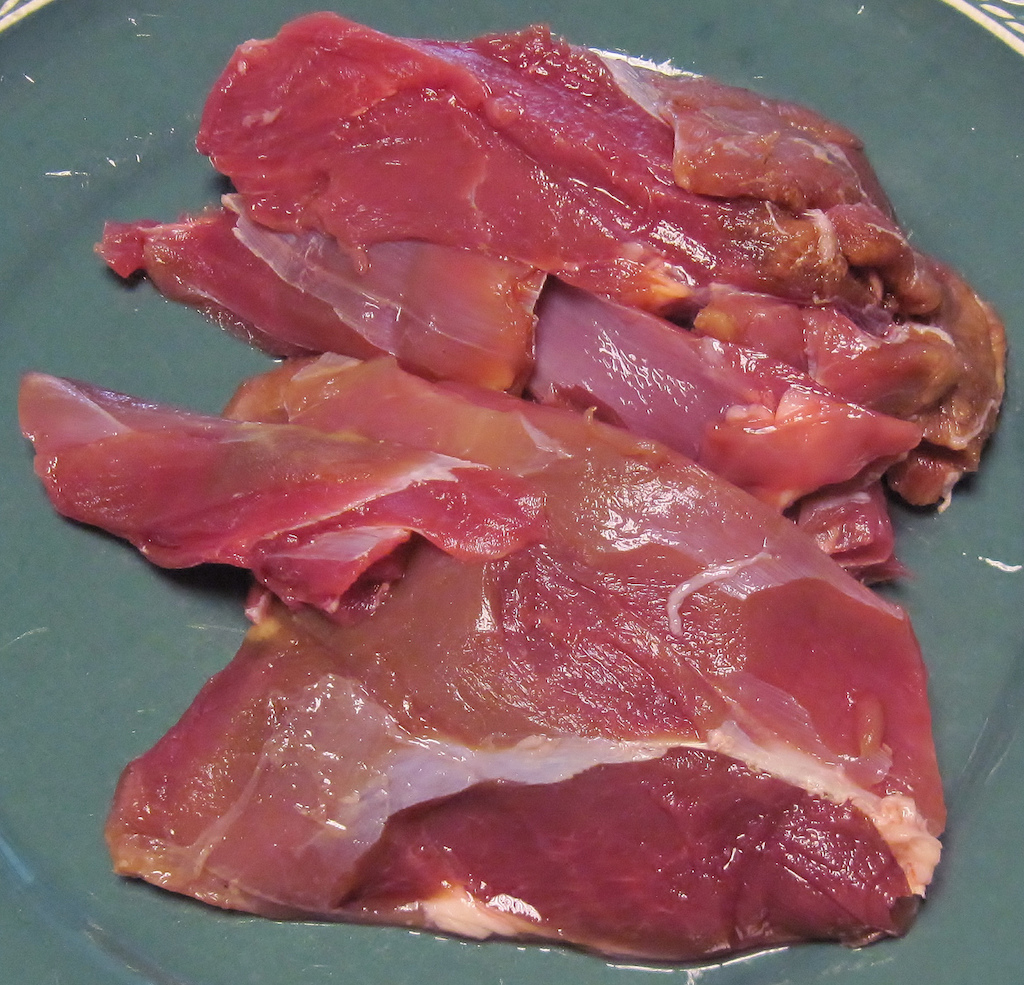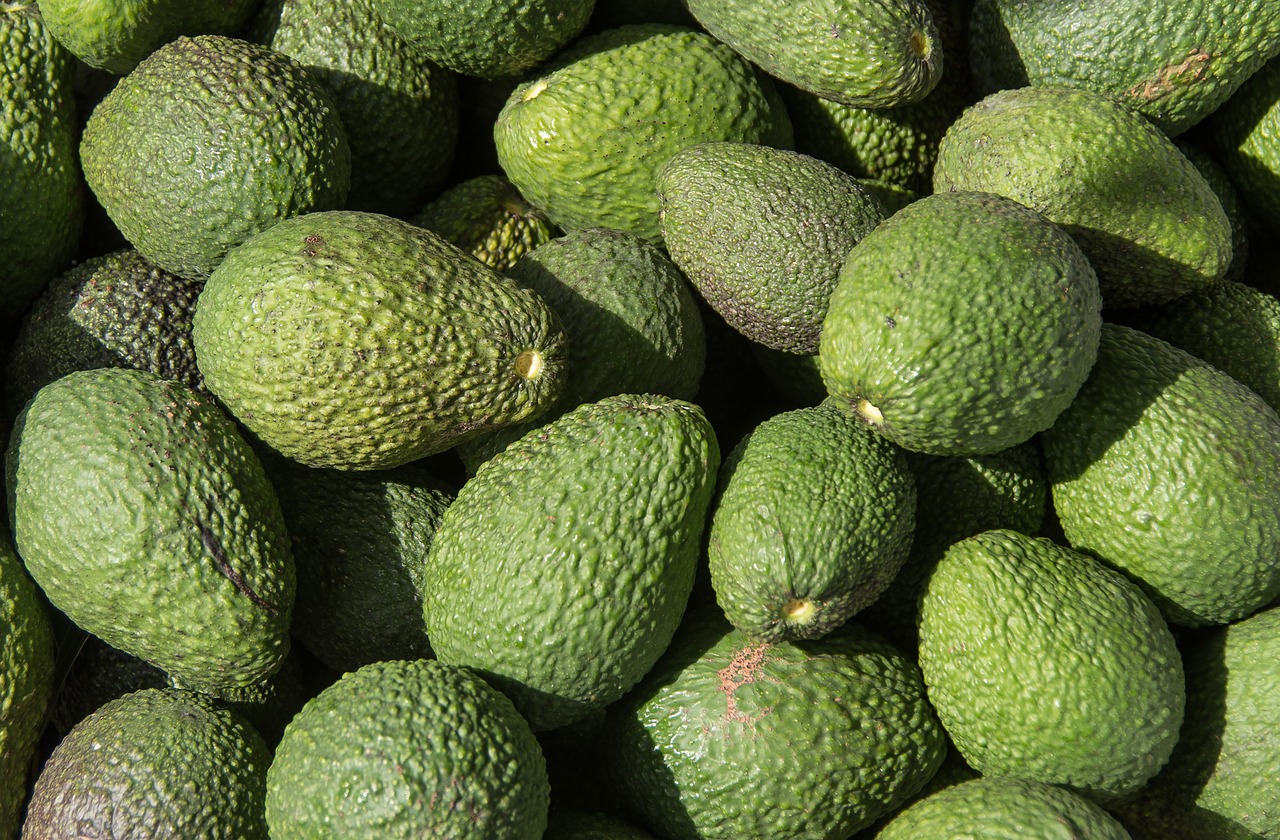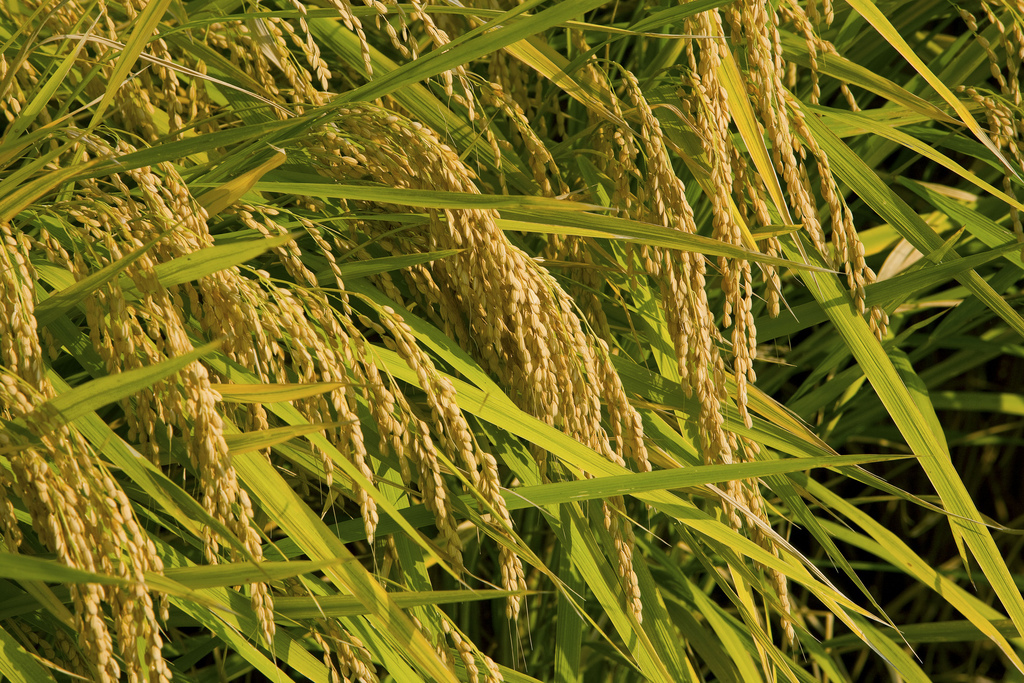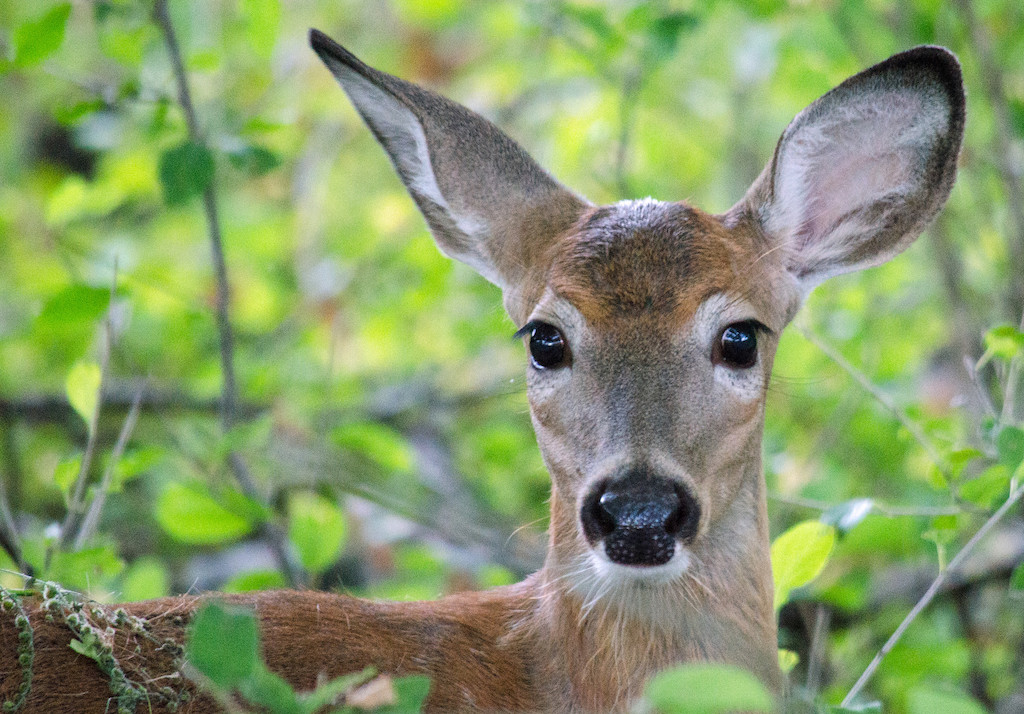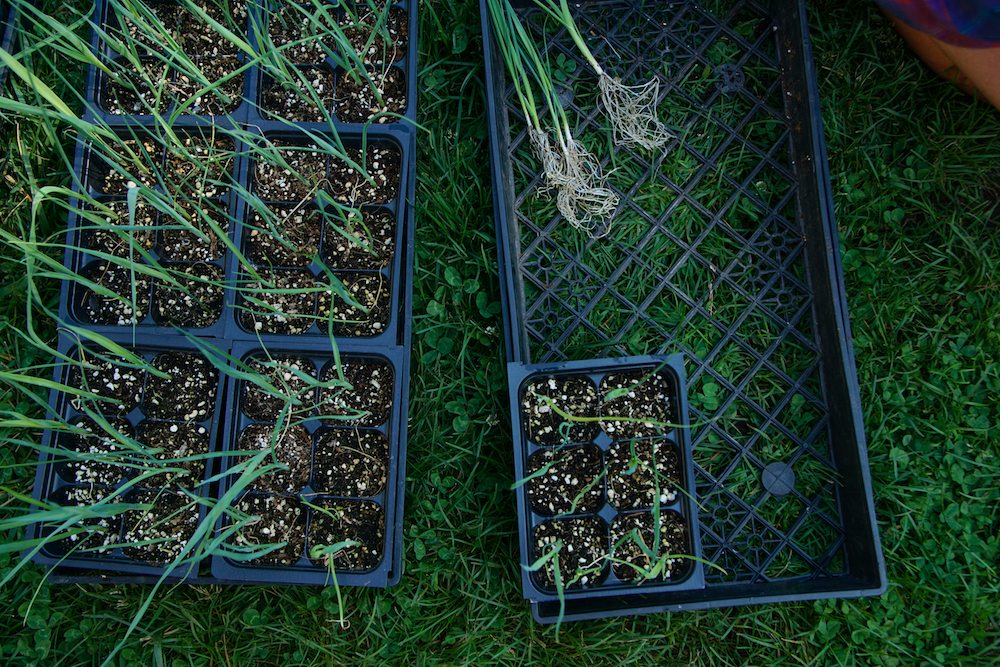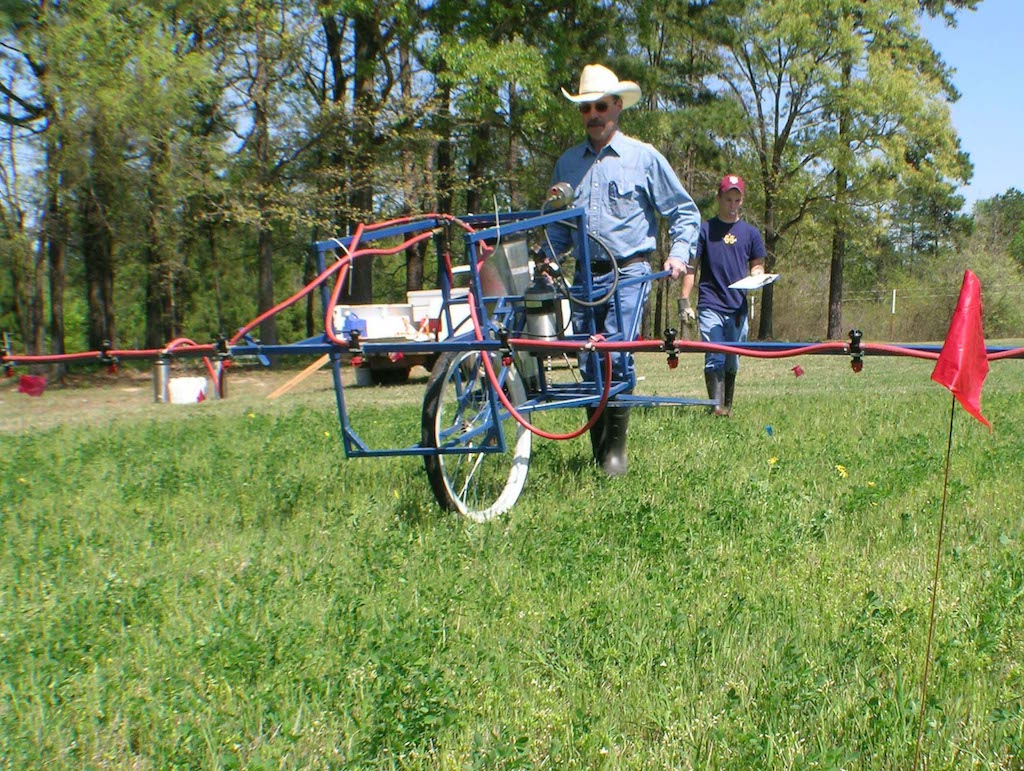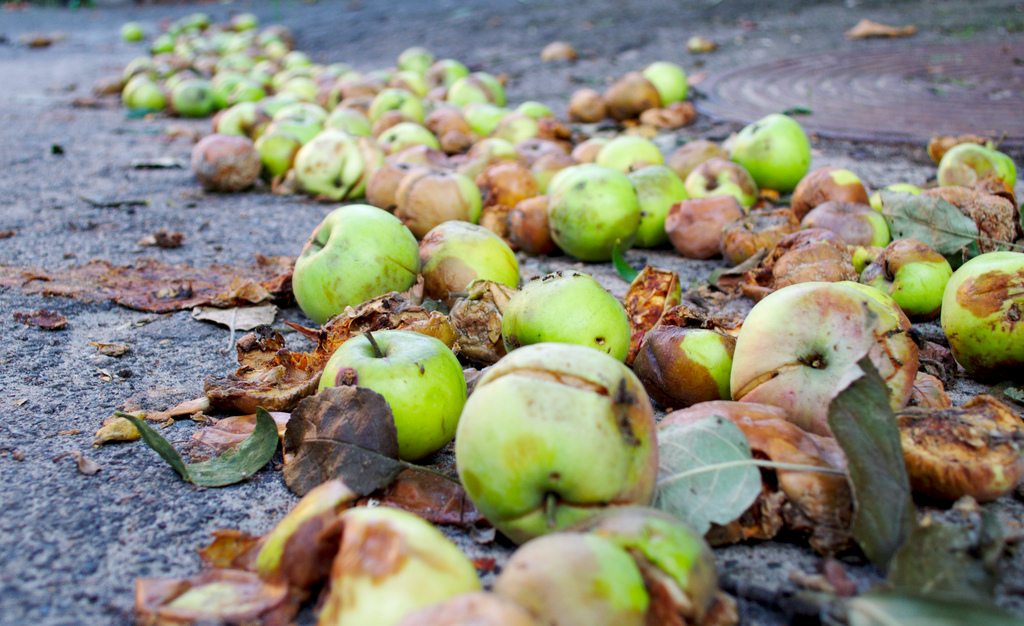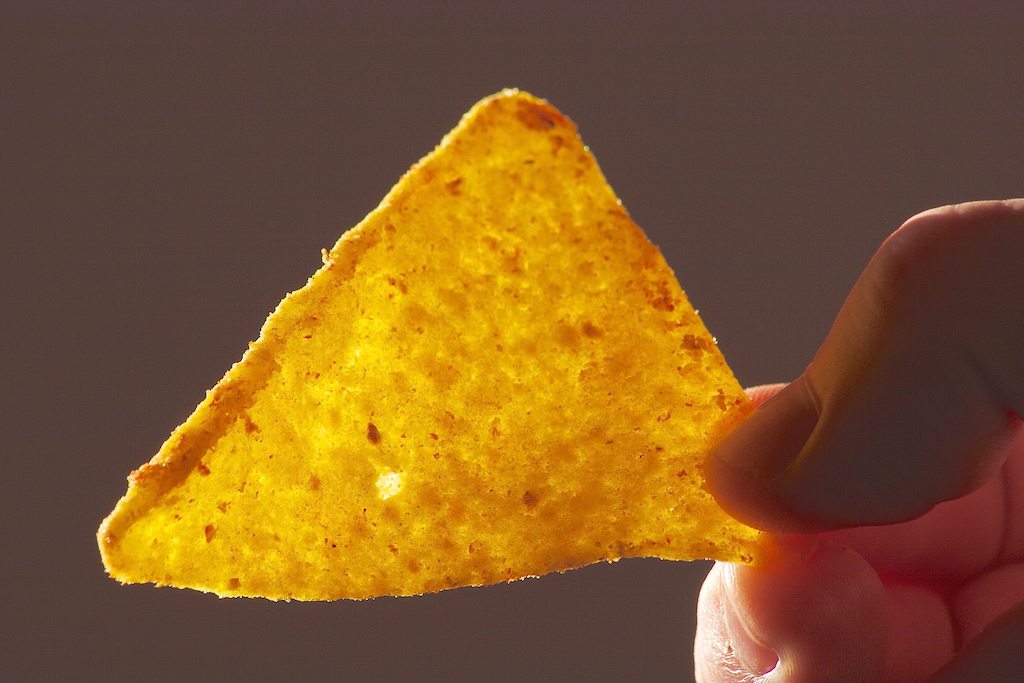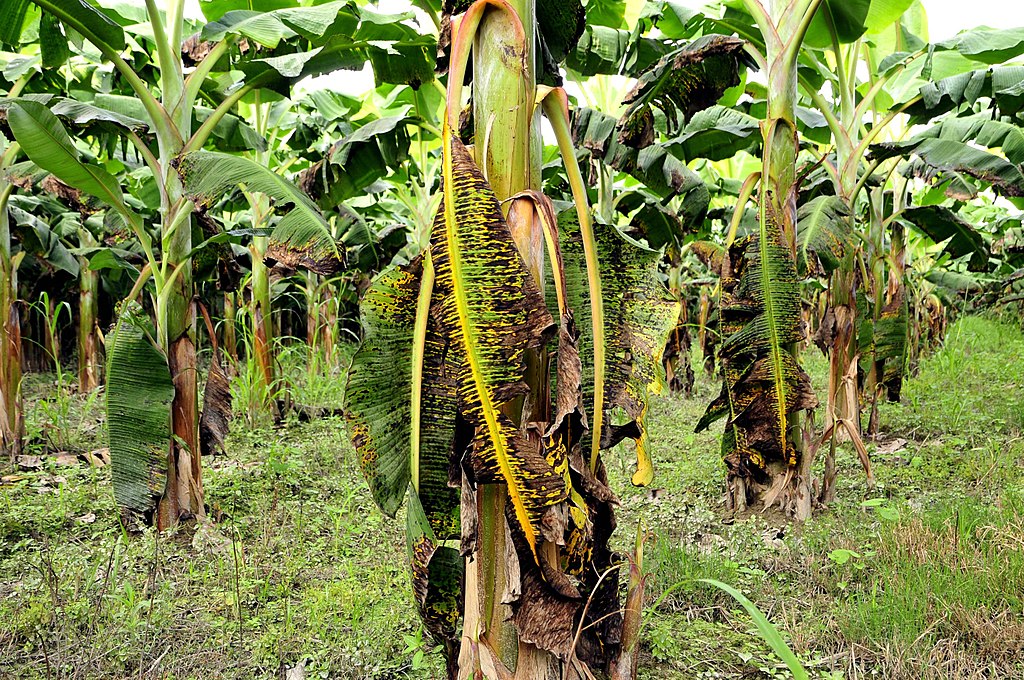A disease affecting animals—nicknamed the “zombie deer” disease—has been identified in more than 20 states. You may already be alarmed: it sparked a flurry of news coverage earlier this month when a Minnesota official suggested we might see human cases in coming years.
Chronic Wasting Disease, or CWD, is a transmissible spongiform encephalopathy, a category of illnesses that progressively affect the brain and nervous system, believed to be caused by misfolded proteins called prions. The prions build up in an animal’s brain cells until the cells burst. (Sound familiar? Mad cow disease falls into the same category.) As their brains deteriorate, infected deer lose weight, have trouble moving, drool a lot, and grind their teeth, hence the “zombie” moniker. The disease is always fatal, and there are no cures. It affects animals in the cervid family, which includes elk and moose, and scientists believe it is transmitted through contact with bodily fluids and tissue. It has appeared in the wild and in several deer farming operations scattered throughout the United States, which number in the thousands.
For those of you who’ve been holding your breath since you read that line about human cases, know this: the Centers for Disease Control and Prevention (CDC) has found no causal link between CWD and cases of Creutzfeldt-Jakob disease, a similar illness that affects humans, despite having investigated several cases where hunters or people who ate venison contracted the latter.
Still, researchers have found through experimental studies that CWD can infect laboratory mice and macaques, species which are genetically more similar to humans than deer, and the CDC’s official stance is that “these experimental studies raise the concern that CWD may pose a risk to people.” Cooking meat does not eliminate the risk of disease transmission.
Those lab studies are the ones that Michael Osterholm, director of the Center for Infectious Disease Research and Policy at the University of Minnesota, was referencing earlier this month, when he explained the potential public health risks of CWD to members of the state legislature as part of an appeal for funding to develop CWD diagnostic tests. “It is probable that human cases of chronic wasting disease associated with consumption of chronic waste disease-contaminated meat will be documented in the years ahead,” Osterholm told members, citing statistics from the Alliance for Public Wildlife that estimate 7,000-15,000 CWD-positive animals are being consumed annually, a number the alliance says could increase by up to 20 percent each year. Osterholm added that an uptick in overall disease transmissions in the last decade or so “changes the entire picture.”
 Bryan Richards, USGS National Wildlife Health Center
Bryan Richards, USGS National Wildlife Health Center A map of CWD distribution through the United States
Osterholm was one of the researchers who, in the 1980s and 1990s, pushed to prevent meat from animals infected by mad cow disease from entering the supply chain, even as the meat industry insisted prions could not leap from one species to another (they did in the case of mad cow). “We were considered the bad news pariah at the time,” he said in his speech, adding that the first human case showed up 10 years after the disease was identified in cows. There have been about 200 confirmed human cases of the illness associated with mad cow since the mid-1990s; Osterholm said that only 1 percent of those infected have shown symptoms because of the disease’s lengthy dormant period.
Once it became clear that mad cow disease could impact humans, entities like the World Health Organization (WHO) and CDC started to get serious about strategies that would prevent infected animals from entering the food supply. That’s harder than it sounds. Many CWD-positive cervids don’t show symptoms for months or years, which means an infected deer could be transported from one farm to another and display no symptoms for a long time before it starts losing weight or drooling. By then, having lived with other animals for a stretch, it may have already spread the disease. (This isn’t hypothetical—it happened last week.)
The University of Minnesota has proposed developing quick-turnaround tests so that hunters and farmers have an easier time identifying CWD-positive animals. Osterholm said that right now, it takes two or three weeks for a hunter to find out whether or not his catch carries the disease. At that point, he may have already paid to have it butchered.
Right now, infected deer populations are primarily concentrated in the Midwest, and states have responded with various preventative measures. In Minnesota, proposals have been introduced to halt the construction of new deer farms and require 10-foot-high fences around the perimeters of existing farms. Agriculture officials in Wisconsin have ordered that deer farms kill their animals when a case is confirmed. Tennessee officials have set up mandatory sampling stations for deer harvested in high-risk areas.
Still, advocates in affected states are left wondering if their legislatures could do more. Paul A. Smith, a columnist for The Milwaukee Journal Sentinel, wrote last week that he’s not holding his breath for further action from the Wisconsin legislature. In his column, he floats a state buyout of commercial deer operations, an idea that has already drawn resistance from the deer industry groups pinning their hopes on selective breeding. At present, selective breeding cannot make animals immune to CWD; it is not likely to prove an immediate solution to the problem. Smith acknowledges that buyouts might not even be effective, since the disease may continue to spread in wild populations.
For now, officials recommend that people avoid eating venison from infected deer wherever possible. (If that doesn’t feel particularly helpful, how about don’t eat a deer that looks like a zombie?) Hunters, meanwhile, are advised to avoid touching animals’ brains and backbones.
